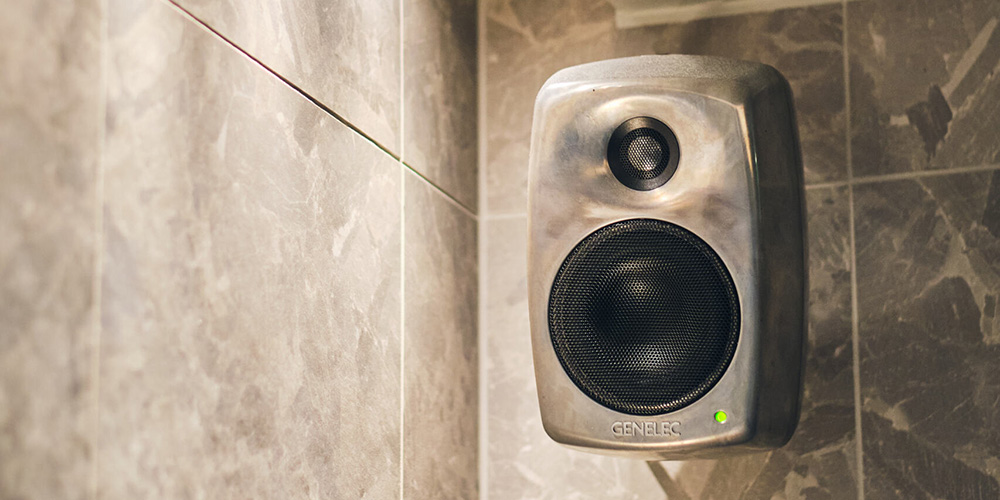Author: Aki Makivirta, R&D Director, Genelec
For many years, integrators have grappled with the expense and compromise in performance that long cable runs between power amplifiers and multiple loudspeakers can bring. Here, we explore this problem – and how to solve it.
The Challenge
Traditionally, the challenge has been the long distances between power amplifiers and loudspeakers, with one power amplifier sometimes feeding several parallel loudspeakers.
Two main solutions exist – a low impedance loudspeaker directly connected to a conventional amplifier, or the use of step-up transformers between the amplifier and loudspeakers. In the first case, covering longer distances increases the resistance in the interconnecting cable, and while increasing the cable thickness can compensate for this, it creates more expensive installations. Step-up transformers allow cables to be kept thin. When the transformer at the amplifier output increases the voltage in the interconnecting cable, this reduces the current needed to deliver the power, while the power loss in the interconnecting cable depends on the current alone. Using relatively thin cables, even with high power levels, has made 70 and 100 Volt ‘constant-voltage’ systems extremely popular, but using transformers does bring challenges in terms of audio quality and bandwidth.
As a result, the industry has been looking for an audio solution that combines the benefits of step-up transformers without their downsides. The emergence of digital technology has helped deliver audio to installed loudspeakers without any degradation, since digital bits require little power and can be delivered over very thin cables. However, such loudspeakers must contain their own power amplifiers, and therefore require a power supply. So, what’s the next step?
The Solution
Firstly, we need a distribution system that doesn’t compromise audio quality, or limit the audio channel capacity of the system. It must also use standard hardware and cabling to reduce system cost and make installation easy – and should operate via a single cable to the loudspeaker.
Modern networks like Ethernet are agnostic about the data they carry. They offer all the benefits detailed above, and today are common in virtually any new building. IP networks can carry any format of loudspeaker supervision, monitoring, and management data, and AoIP has become a standard technology – offering the highest audio quality without limiting the number of audio channels. This makes Ethernet a great candidate for a next-generation installed audio system.
Since we are looking for a single cable solution, this cable must also deliver the loudspeaker power we need to generate audio. PoE can indeed offer such power. A typical CAT cable used in such networks is thin, with a typical conductor cross section of 0.15 sq.mm – and this is the only pathway available for the power to move. Usefully, PoE technology offers several power delivery levels on the CAT cable.
Smart IP Technology
At Genelec, years of research has led to our growing Smart IP loudspeaker family, which supports PoE, AoIP and loudspeaker management, all via a single CAT cable. It has the advantages of traditional constant-voltage systems – but offers pristine audio without degradation over distance. Since it utilises the building’s standard IP infrastructure, Smart IP is an extremely scalable solution that’s very quick to install, and its proprietary power supply technology transforms PoE into the dynamic power output needed for rich and unconstrained music and speech.
So, with a growing family of loudspeaker models, plus the new 3440A PoE subwoofer, Smart IP closes a historical loop. It maintains the simplicity of building installed audio – but opens the window to new, uncompromised quality enabled by smart digital design.










